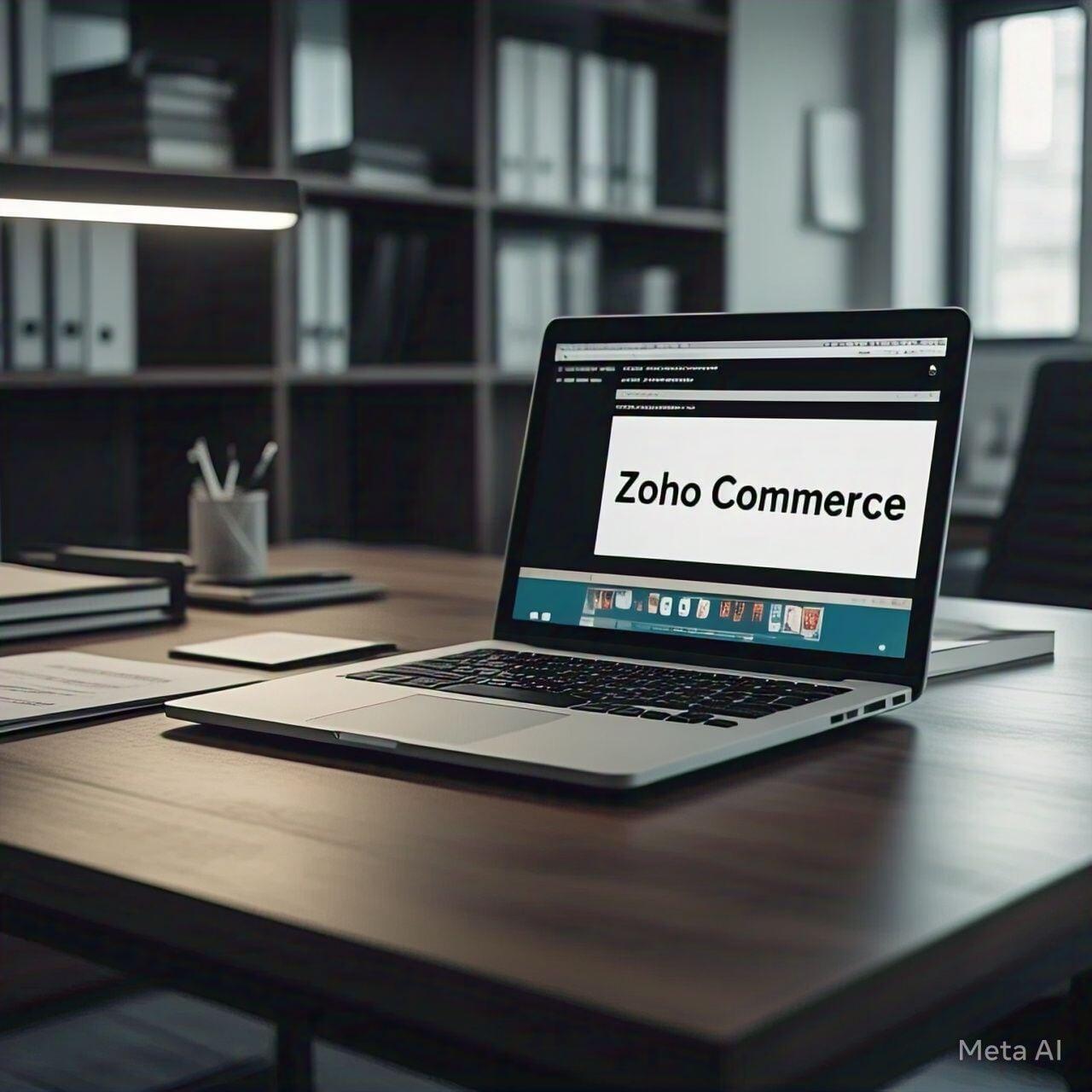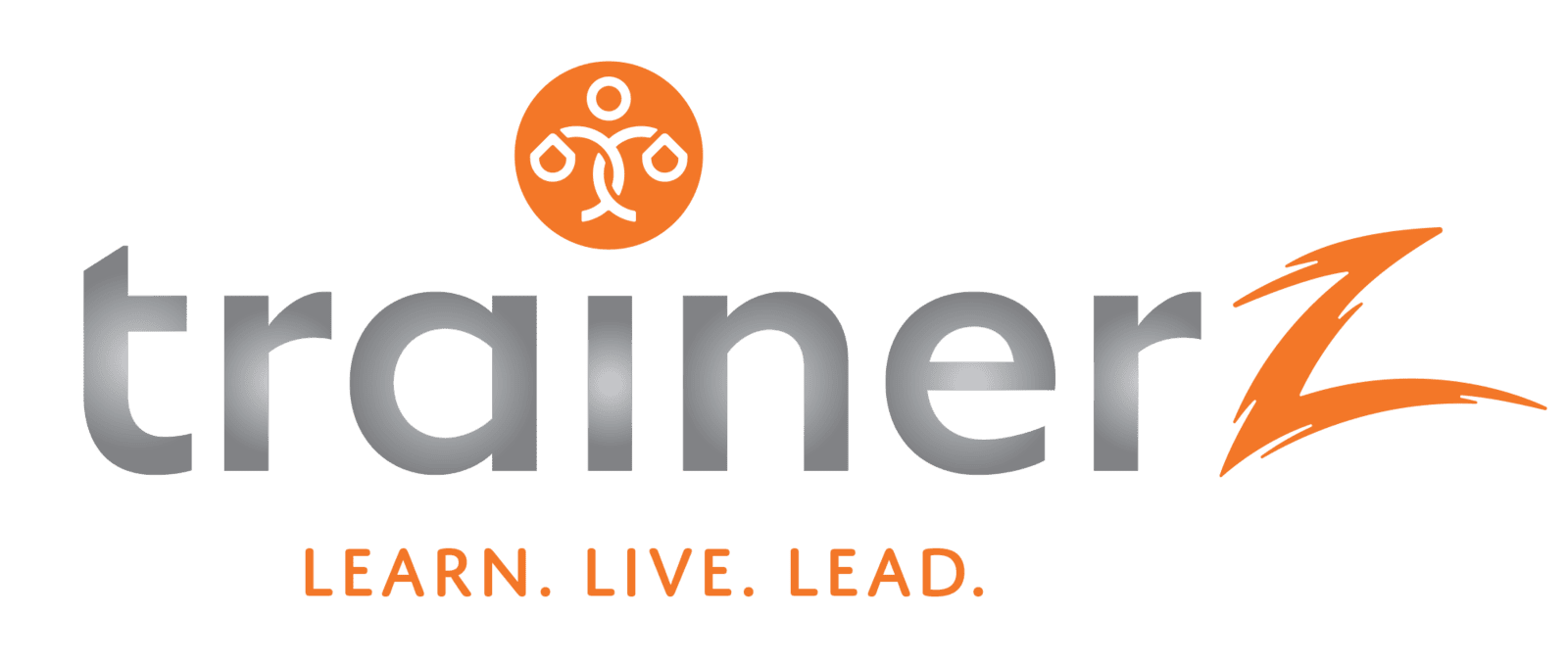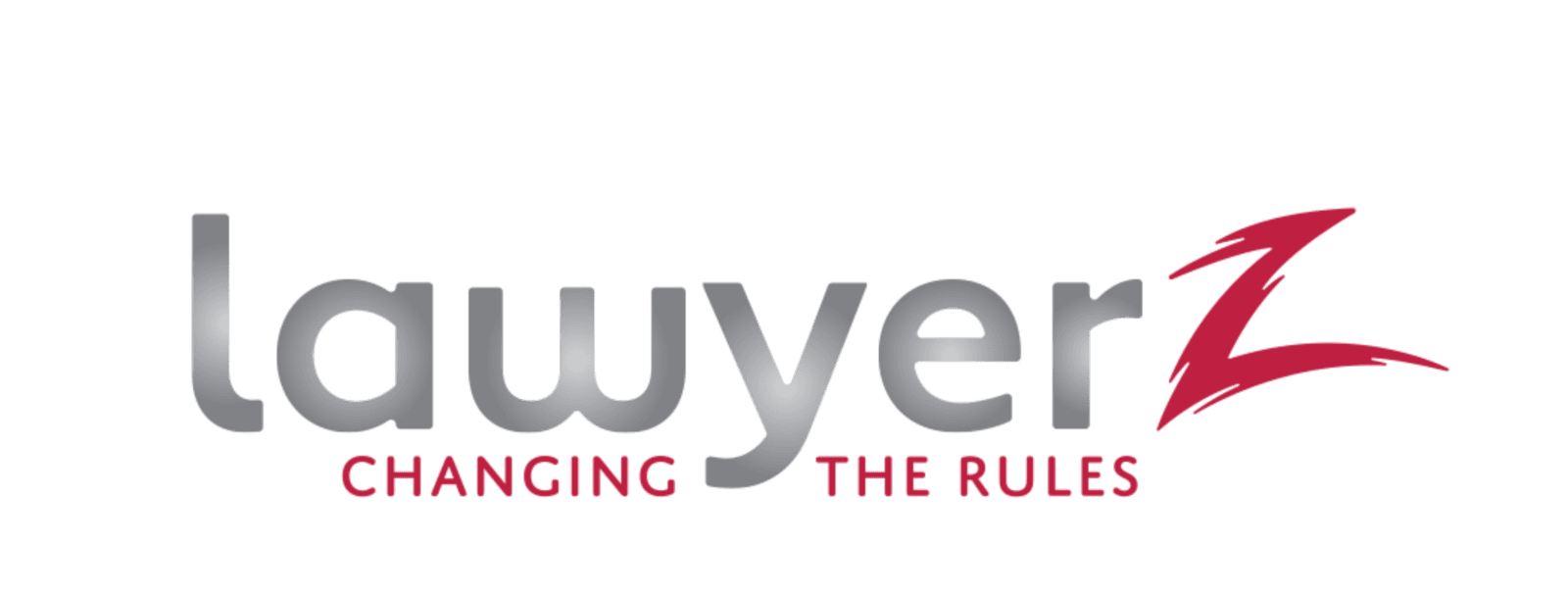The Online Retail Products SME Business Model Introduction
The Online Retail Products SME Business Model Introduction
The Online Retail Products SME Business Model has revolutionized how entrepreneurs sell goods by leveraging digital platforms to reach a global customer base.
Unlike traditional brick-and-mortar stores, these businesses operate exclusively online, using e-commerce platforms, social media, and digital marketplaces to market and sell products. This model provides a low-cost entry point for small and medium-sized enterprises (SMEs) while offering scalability, flexibility, and a competitive edge in the fast-growing digital economy.
This Business Model is a dynamic and scalable way for entrepreneurs to build successful businesses in the digital age.
From specialty biscuit stores to crafted jewelry retailers, the Online Retail Products SME Business Model offers endless opportunities for innovation and growth.
Some popular examples include:
Specialty Online Biscuit Stores – Selling gourmet, gluten-free, or artisanal biscuits.
Crafted Jewelry Retailers – Offering handmade or custom-designed jewelry.
Online Pet Stores – Providing pet food, toys, and accessories.
Subscription Box Services – Curating boxes of snacks, beauty products, or books.
SMEs in this space do not typically manufacture their own products but instead source, repackage, rebrand, or customize products to suit niche markets. This model enables businesses to operate efficiently with lower overhead costs while maximizing profitability and customer reach. It is ideal for entrepreneurs who want to reach a global audience while maintaining low operational costs.
Defining The Online Retail Products SME Business Model
Defining The Online Retail Products SME Business Model
The Online Retail Products SME Business Model refers to independently owned small and medium-sized enterprises that exclusively sell products through digital channels, such as e-commerce websites, online marketplaces (like Amazon, Etsy), and social media platforms.
These businesses operate entirely online, with no physical storefront, leveraging the power of the internet to reach a global audience and operate with lower overhead costs compared to traditional brick-and-mortar retailers.
These businesses leverage e-commerce platforms, social media marketing, and third-party logistics (3PL) services to deliver products directly to consumers.
Some of the key characteristics of this model are:
Digital-First Approach – All sales and customer interactions occur online, with no physical store presence.
Focus on Online Presence – A strong online presence is paramount, including a well-designed website, effective online marketing campaigns, and a robust social media strategy.
Product sourcing – Businesses purchase pre-made goods from wholesalers, manufacturers, or dropshipping suppliers.
Product Selection and Merchandising – Careful selection and presentation of products are crucial to attract and engage online customers.
Scalability – Businesses can expand without significant capital investment.
Logistics and Fulfilment – Efficient order fulfilment, shipping, and delivery are critical for customer satisfaction and business success.
Diverse revenue streams – SMEs can sell via their own websites, Amazon, Etsy, Shopify, social media, or online marketplaces.
Customer Experience – Providing a seamless and enjoyable online shopping experience is paramount, including easy navigation, secure checkout, and excellent customer service.
Popular niche online retail businesses include:
Fashion & Accessories – Online clothing boutiques, jewelry brands, and shoe stores.
Home Décor & Lifestyle – Furniture, artwork, candles, and kitchenware.
Health & Beauty – Skincare, cosmetics, organic supplements and wellness products.
Electronics & Gadgets – Accessories, smart home devices, and refurbished tech.
Food & Beverage – Specialty coffee, gourmet snacks, and meal kits.
Eco-Friendly & Sustainable Products – Biodegradable packaging, reusable household items.
Pet Supplies – Online stores selling pet food, toys, accessories, and other pet-related products.
Specialty Food and Gourmet Goods – Online stores selling gourmet foods, specialty beverages, and artisanal products.
Handmade and Craft Goods – Online marketplaces for handmade crafts, art, and other unique items.
Subscription Boxes – Curated boxes delivered on a recurring basis, such as beauty boxes, snack boxes, or book boxes.
This model presents lucrative opportunities for SMEs looking to build a low-investment yet profitable business with high market potential.

Entry-Level Expertise Requirements
Entry-Level Expertise Requirements
Starting an online retail business requires a blend of entrepreneurial, digital marketing, and operational skills. While no formal qualifications are required, certain skills and knowledge can enhance success:
Business Acumen – Strong business skills, including financial management, inventory management, and market analysis.
Business Planning – Understanding how to create an online retail business plan, including product selection, pricing, and branding.
Financial Literacy – Managing budgets, pricing strategies, and profit margins.
E-commerce Knowledge – A strong understanding of e-commerce principles, including online marketing, website design, influencer collaborations and customer relationship management.
Digital Marketing Skills – Proficiency in digital marketing techniques, such as search engine optimization (SEO), social media marketing, email marketing, and paid advertising.
Technology Skills – Understanding the best e-commerce platforms for SMEs (Zoho Commerce, Shopify, WooCommerce, BigCommerce, Wix), website configuration, online payment systems and other relevant online tools.
Customer Service Skills – Excellent customer service skills to address customer inquiries, resolve issues, and build strong customer relationships through prompt communication and support.
Customer Service Management – Implementing online retail customer service strategies for handling inquiries, refunds, and complaints.
Logistics & Fulfilment – Managing shipping, inventory tracking, and supplier relationships.
Many successful online retailers learn on the job, leveraging their passion for their products and digital tools.
With access to online courses, mentorship programs, and digital tools, aspiring entrepreneurs can quickly develop the necessary expertise to start and scale their online retail business.
Standard Regulations Applicable
Standard Regulations Applicable
An online retail business must comply with various regulations and adhere to legal, tax, and compliance regulations that vary by country and business model. Key regulatory considerations include:
Business Registration – SMEs must register their business structure (sole proprietorship, LLC, or corporation) and obtain relevant licenses.
Business Licenses and Permits – Required to operate legally in most jurisdictions.
Tax Compliance – Including sales tax, income tax, and VAT for international sales.
Sales Tax – Compliance with sales tax laws in different jurisdictions, including collecting and remitting sales tax to the appropriate authorities.
E-Commerce Taxation – Understanding VAT, sales tax, and international tax obligations is crucial for SMEs selling across multiple regions.
Consumer Protection Laws – Online retailers must comply with online sales and refund policies and fair advertising rules.
Payment Security & Fraud Prevention – Implementing SSL certificates, secure payment gateways (PayPal, Stripe, Square), and fraud detection measures.
Data Privacy and Security – Compliance with data privacy regulations (e.g., GDPR, CCPA) to protect customer data.
Data Protection Laws – Ensuring customer data is handled securely, such as GDPR compliance in the EU.
Shipping and Import/Export Compliance – Understanding customs duties, international shipping regulations, product restrictions for different countries, and ensuring safe and timely delivery of products.
Online Dispute Resolution – Understanding and adhering to online dispute resolution platforms and procedures.

Policies, Processes, and Procedures Framework requirements
Policies, Processes, and Procedures Framework requirements
A well-defined framework ensures smooth operations and consistent customer experiences. To ensure operational efficiency, SMEs must establish clear policies and procedures.
Key components include:
Standard Operating Procedures (SOPs) – Guidelines for order processing, inventory management, and customer service.
Financial Management – Budgeting for operational costs, payment processing fees, and advertising spend.
Website and Platform Management – Maintaining and updating the online store, ensuring website security, and optimizing for search engines.
Data Security Protocols – Protecting customer information and ensuring secure transactions.
Customer Service and Returns Management Policies – Defining and Implementing clear policies for handling customer queries, resolving issues, processing returns, chatbot automation, and live support.
Product Procurement and Supplier Agreements – Setting minimum order quantities, pricing terms, and exclusivity agreements.
Order Fulfilment Process – Establishing efficient order fulfilment processes, including order processing, inventory management, and shipping.
Inventory Management & Order Fulfilment – Using automated inventory tracking, warehouse management systems, and dropshipping models to implement effective inventory management systems to track stock levels, minimize waste, and ensure timely order fulfilment.
Supplier Agreements – Establishing reliable relationships with product suppliers.
Marketing and Advertising Strategies – Developing and implementing effective online marketing strategies, including social media marketing, influencer partnerships, personalized marketing campaigns, email marketing, and search engine optimization (SEO).
Well-structured processes and procedures ensure seamless scalability and profitability for SMEs. A defined enterprise architecture framework will assist online retail SMEs operate efficiently and maintain high standards, ensuring client satisfaction.

Technology and Automation requirements
Technology and Automation requirements
Technology plays a vital role in modern online retail businesses, enhancing efficiency, reducing costs, and driving customer engagement.
Key tools include:
E-commerce Platforms – Utilizing e-commerce platforms such as Zoho Commerce, Shopify, WooCommerce, or BigCommerce to build and manage online stores.
Customer Relationship Management (CRM) Systems – Implementing CRM systems to track customer data, manage customer interactions with AI-driven chatbots, customer preferences, loyalty programs and personalize marketing efforts.
Digital Marketing Automation Tools – Utilizing marketing automation tools to automate email campaigns, social media posting, SEO tools to promote the business and other marketing activities, for example, Google Analytics, SEMrush and Mailchimp.
Payment Gateways – Integrating with secure payment gateways, for example, Paystack, PayPal and Stripe, to process online transactions.
Inventory Management Software – Utilizing inventory management software to track stock levels, manage orders, and minimize stockouts.
Shipping and Logistics Software – Utilizing shipping software to manage orders, calculate shipping costs, and generate shipping labels.
Partnering with 3PL providers like ShipBob, DHL, and FedEx for fulfilment and logistics.
Adopting the right technology stack helps businesses scale while minimizing operational challenges. By leveraging technology, online retail SMEs can streamline operations and enhance the customer experience.
Key Roles and Responsibilities (People) requirements
Key Roles and Responsibilities (People) requirements
Running an online retail business requires a dedicated team with clearly defined roles and responsibilities. Depending on business size, an online retail SME may require:
Founder/Owner – Oversees business strategy, partnerships, and financial decisions.
Operations Manager – Oversees operations, finances, and strategic decisions.
E-commerce Manager – Overseeing all aspects of the online business, including marketing, sales, customer service, and operations.
Handles website management and Search Engine Optimisation (SEO).
Web Developer/Designer – Designing and maintaining the online store, ensuring a user-friendly and visually appealing experience.
Content Creators – Creating high-quality product descriptions, blog posts, and other marketing content.
Marketing and Social Media Manager – Developing and implementing online marketing campaigns, managing social media channels, influencer partnerships and building brand awareness.
Customer Support Specialist – Handles customer inquiries, complaints, resolves issues, processes orders and provides client feedback.
Inventory Specialist – Manages stock levels and supplier relationships.
Order Fulfilment Specialists – Processing orders, packing and shipping products, and managing inventory.
Logistics Coordinator – Coordinates inventory, order fulfillment, and supplier management.
Some businesses start as solo ventures, outsourcing tasks like customer service and fulfilment.
Effective leadership and teamwork are essential for creating a positive workplace culture and delivering exceptional service.
Overall Costs and funding requirements
Overall Costs and funding requirements
Starting an online retail business involves several costs, these startup costs are dependent on the business model and scale.
These costs could include:
Startup Costs – Website development, initial inventory, and marketing:
Website Development and Hosting – Costs associated with building and maintaining an e-commerce website, including web development, hosting, and domain name registration.
Inventory Costs – Costs of purchasing inventory, including product sourcing, storage, and shipping costs.
Marketing and Advertising Costs – Costs associated with online advertising, social media marketing, email marketing, and other marketing campaigns.
Operating Expenses – Platform fees, shipping, and ongoing marketing efforts.
Marketing Budget – For digital advertising, social media campaigns, and SEO.
Payment Processing Fees – Fees charged by payment gateways for processing online transactions.
Shipping and Logistics Costs – Costs associated with shipping and handling orders, including packaging, shipping labels, and delivery services.
Contingency Fund – To cover unexpected expenses or slow sales periods.
Funding options to cover startup costs and ongoing expenses, include personal savings, bank loans, government grants, angel investors, small business loans and crowdfunding.

Benefits of the Online Retail Products SME Business Model
Benefits of the Online Retail Products SME Business Model
This model offers numerous advantages, like:
Global Reach – Online retail allows SMEs to reach customers worldwide.
Lower Overhead Costs – Lower overhead costs compared to traditional brick-and-mortar stores, such as rent and utilities.
Scalability – Online businesses can easily adjust operations and scale up to cater for additional demand by adding new products or expanding to new markets.
Flexibility – Entrepreneurs can manage their businesses from anywhere with an internet connection.
Diverse Revenue Streams – Sales through websites, marketplaces, and social media.
Data-Driven Decision Making – Access to valuable data on customer behaviour, website traffic, and sales performance.
24/7 Availability – Online stores are available to customers 24/7, increasing accessibility and convenience.
Lower Barriers to Entry – Relatively low barriers to entry compared to traditional retail businesses, making it easier for entrepreneurs to start an online store.
These benefits make the Online Retail Products SME Business Model a rewarding choice for entrepreneurs.

Challenges of the Online Retail Products SME Business Model
Challenges of the Online Retail Products SME Business Model
Despite its advantages, this model also presents challenges:
Competition – Intense competition from other online retailers, including large marketplaces like Amazon and other established online brands.
Customer Acquisition Costs – Attracting and retaining customers can be expensive.
Customer Trust and Retention – Building a credible brand to reduce return rates and improve customer loyalty could take time.
Building Brand Awareness – Building brand awareness and attracting customers in a crowded online marketplace can be challenging.
Technical Issues – Website downtime, payment processing errors, and cybersecurity threats could result in substantial losses.
Cybersecurity Risks – Protecting customer data and preventing cyberattacks is becoming more and more challenging.
Logistics and Shipping Complexities – Managing inventory, shipping, and returns can be complex and costly.
Understanding these challenges helps entrepreneurs prepare and develop strategies to overcome them.

Future Prospects of the Online Retail Products SME Business Model
Future Prospects of the Online Retail Products SME Business Model
The online retail landscape is constantly evolving, driven by technological advancements and changing consumer behaviour.
Online retail SMEs are shaped by emerging trends, and the future for these SMEs looks very promising.
Some of the noticeable trends that are expected to influence the growth of this business model are:
Sustainability – Eco-friendly products and practices are increasingly important to consumers. Focusing on sustainability by offering eco-friendly products, reducing packaging waste, and implementing sustainable shipping practices could reduce costs and improve profitability, and could provide opportunities for new income streams.
Technology Integration – Tools like AI, data analytics, and automation are transforming online retail operations.
Enhanced Customer Experience – Providing a seamless and personalized online shopping experience, including personalized recommendations, with:
- AI-powered recommendations – Utilizing AI and machine learning to personalize product recommendations and enhance the customer experience.
- Chatbots and AI-powered customer service – Implementing chatbots and AI-powered customer service tools to provide 24/7 support.
- Augmented Reality (AR) and Virtual Reality (VR) – Integrating AR/VR technology to allow customers to virtually try on clothes, visualize furniture in their homes, or experience products in a more immersive way.
Social Commerce – Leveraging social media platforms for sales, marketing, and customer engagement, including live streaming, social media shopping, and influencer marketing provides a variety of options to increase sales globally if executed strategically.
Personalization – Offering customized products and tailored shopping experiences are giving customers more and more choices.
Building a Strong Brand – Building a strong brand identity and cultivating customer loyalty through exceptional customer service, high-quality products, and engaging storytelling, is now possible for SMEs Online Retailers.
Global Expansion – Leveraging international markets to drive growth.
As consumer behaviour shifts online, online retail SMEs will continue to thrive, creating new opportunities for entrepreneurs worldwide.
By embracing these trends, online retail SMEs can stay competitive and thrive in a changing market.
Conclusion
Conclusion
The Online Retail Products SME Business Model presents a lucrative, scalable, and flexible opportunity for entrepreneurs looking to build a successful e-commerce business in the digital age.
With low startup costs, global reach, and diverse niche markets, SMEs can thrive by leveraging technology, automation, and digital marketing strategies.
However, challenges such as high competition, logistics complexities, and customer trust-building require strategic planning and continuous adaptation.
By understanding the key aspects of this model—from entry-level requirements to future trends—SMEs can make informed decisions and create thriving online stores.
By embracing emerging trends like AI-driven personalization, sustainable product offerings, and social commerce, SMEs can future-proof their businesses. As e-commerce continues to evolve, innovation, agility, and a customer-centric approach will be key drivers of long-term success in the online retail space.


